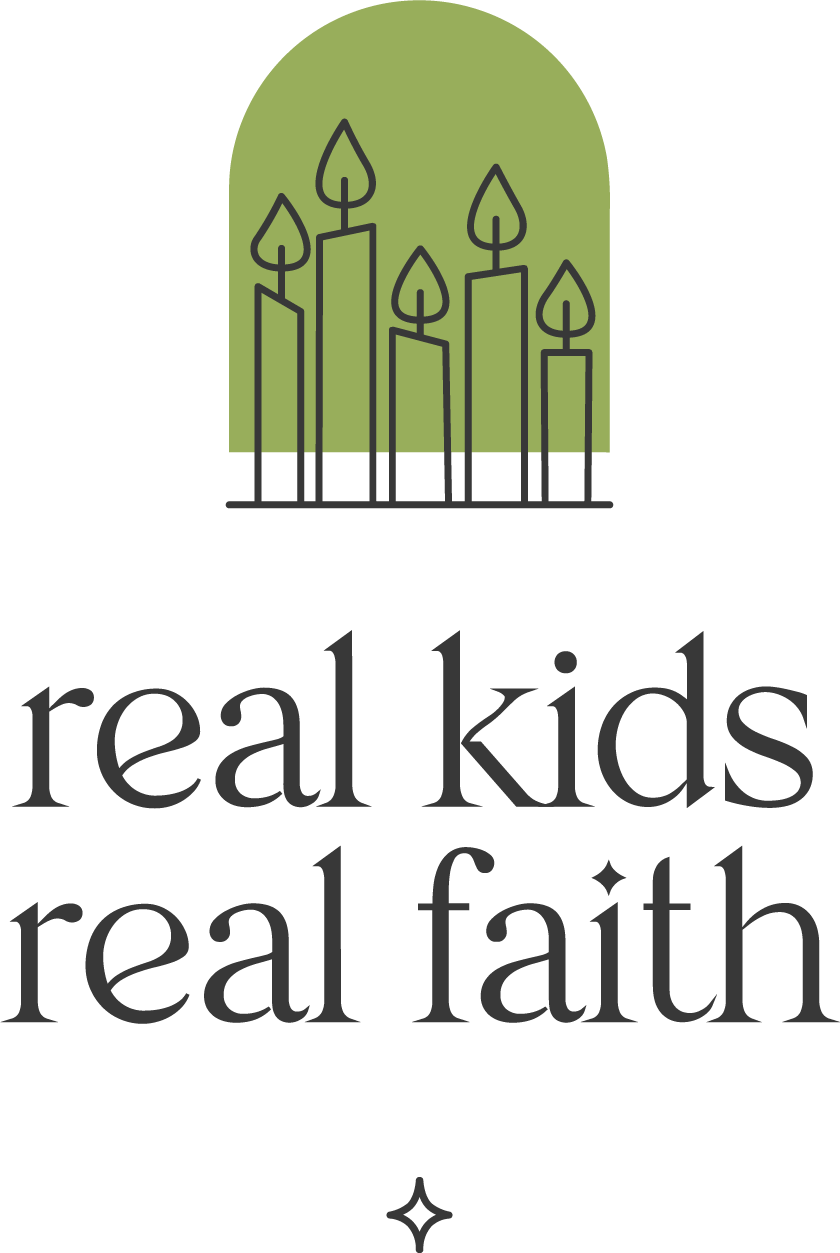The new Spider-Man movie, Across the Spider-Verse, is visually stunning, with different graphics for each universe. The story grapples with what it means to be a Spider-Man and how much individuality any particular Spider-Man or Woman is allowed. Use one or more of these activities to explore personal spiritual stories and identities after watching the movie together.
Context matters. Each Spider-Man has a context that shapes how they live as Spider-Man in their universe. For example, Kobie comes out of the punk scene in London and Pavitr Prabhakar from a version of Mumbi. Invite children to imagine that they are the Spider-Man (or Woman) of their universe. Ask: How does your context shape you? What about your context would help you be a better Spider-Man (Woman)? How would you incorporate important aspects of your context in your spidey work?
Blank page. At the beginning of the movie, Miles’s guidance counselor holds up a blank page and states that she needs to know Miles’s story. Provide children with a blank sheet of paper and encourage them to tell their story in whatever way they want. They might write a story, make a collage, draw a picture, or create their own cartoon.
Being different. Miles is told that he was never supposed to become a Spider-Man because the spider that bit him came from a different universe. He is excluded from Spider-Man gatherings and others are discouraged from speaking with him because he is an anomaly. Ask children: How does Miles respond to being called an anomaly? Why do others view being different from what’s expected as a problem? What do you think are some positive aspects of being different?
Communal support. Spider-Men and Women across the multiverse feel alone in their roles. They have few friends and are hesitant about revealing much about themselves. The Spider Society is a safe space to share their identities and experiences. Ask: What makes the Spider Society feel safe? How do the Spider-Men and Women support one another? Where do you find support? How do you try to support others?
Peer pressure. Miguel tries to tell Miles how he should see himself and pressures others to go along. Invite children to participate in a short centering exercise. Encourage them to sit quietly with their eyes closed. Breathe in and out together slowly three times, then say: As you continue to breathe slowly, tell yourself, “I get to tell my own story”. After three or four more slow breaths, say: As you continue to breathe slowly, tell yourself: “I will support others as they tell their own stories”. Breathe in and out slowly a few more times, and then conclude the exercise by saying, Whenever you feel pressured or are tempted to pressure others, take some deep breaths and remember these words.
Being disruptors. Kobie sees himself as a disruptor, fighting against rules he views as unfair. He helps Miles break out of Miguel’s container and replaces Gwen’s multi-verse travel wristband after Miguel takes her original one. Invite children to identify situations or systems (e.g., climate change, bullying at school, racism, homophobia, an unfair dress code) that need a disruptor to make them better. Choose one and explore ways that they can disrupt the status quo.

Comments